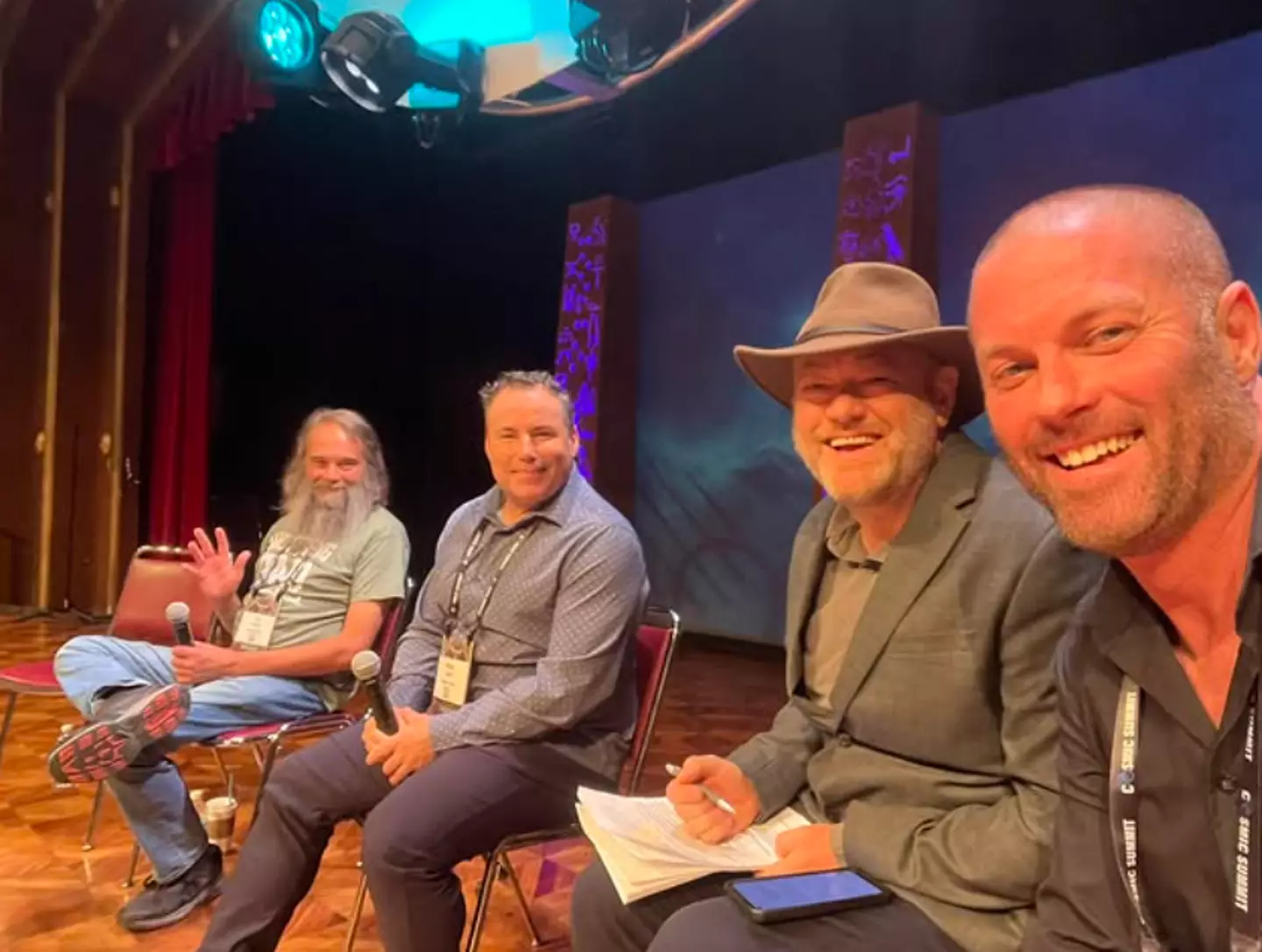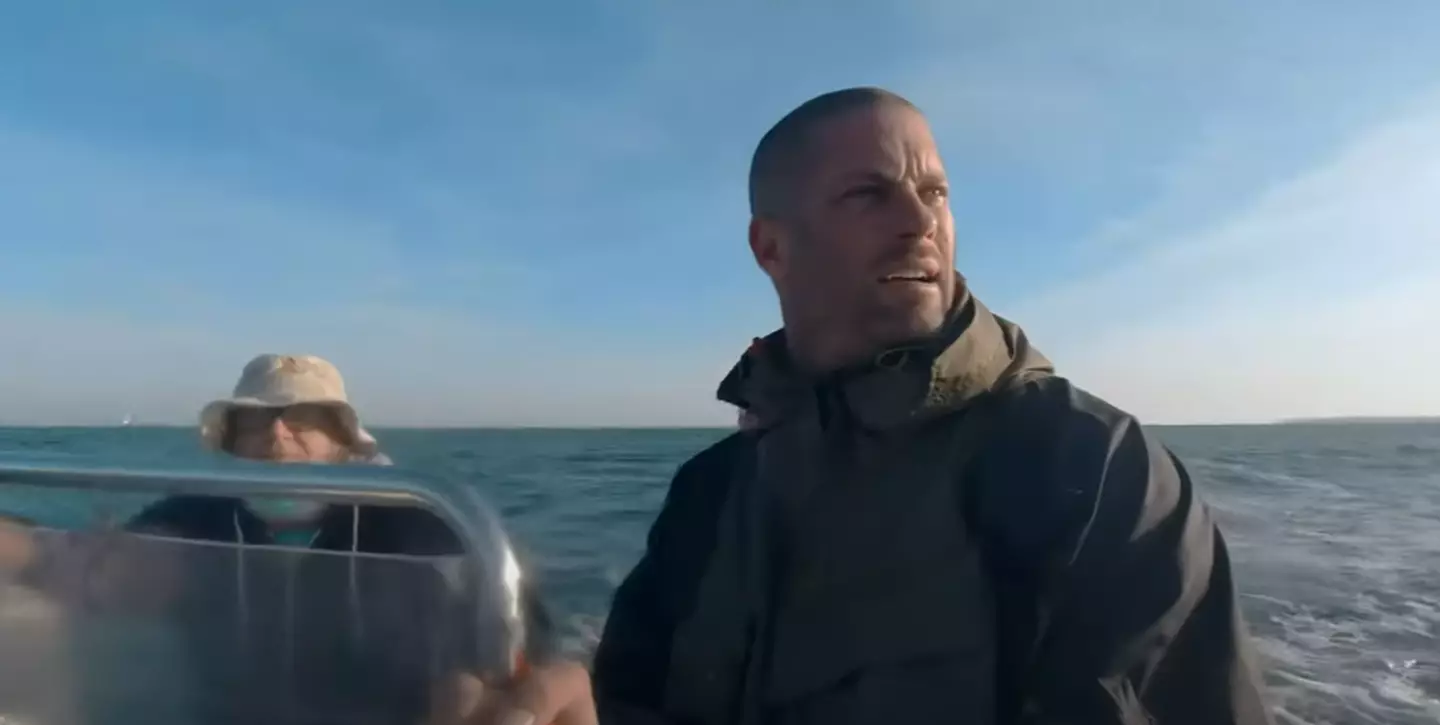.png)
A man who has spent years attempting to find the lost city of Atlantis believes he has finally made a breakthrough and discovered the ancient location.
There has been so much speculation regarding where Plato was describing when the historic 5th century BCE philosopher mentioned a trading port beyond ‘the pillars of Hercules’ in the Atlantic Ocean which was a mighty city before it was swallowed by the sea in just one day.
He explained that it was an advanced civilisation that donned massive temples and harbour walls that went up against Athens in a war, before it was lost 11,600 years ago.
Advert
However, while many have theorised that it could be anywhere from Santorini, North Africa, or Sweden, an archaeologist believes he has found Atlantis just two miles off the coast of Cádiz, Spain.

Previously, it was thought to be off the coast of Lanzarote, Spain, which, if it’s situated in the middle of the two locations, it could very well be the same place.
There are a lot of scholars who have shared that Atlantis was a myth and never existed, but Michael Donnellan said the lost city is real and he’s even created a series about his findings.
Donnellan spoke of his discovery at the Cosmic Summit, a North Carolina conference and premiered his upcoming documentary which saw him spend eight years investigating the coast of Cádiz using sonar and LiDAR, before his found 'long, linear structures' along the ocean floor.
Advert
These structures formed a series of 'enormous concentric circular walls,' approximately 20 feet tall.
With one of the walls showing damage which could be from a tsunami hitting it, it became even more clear to him that this could be what happened to Atlantis, leading it to be swallowed by the sea.
In his documentary, you can see the moment he is confronted by the first wall, with he and his team swimming deep below the murky waters.

“It matches everything Plato says verbatim,” Donnellan said. “He says it came from outside the straits in the region known by the Greeks, 2,400 years ago, as Gades. We know that perfectly well to this day that Gades is the modern-day Cádiz, which happens to be the oldest city in western Europe.”
Advert
There were also carved canals and a rectangular ruin in the middle which he said was very much in line with what Plato described of Poseidon's temple in the lost city.
“We are calling it the great ancient Atlantic culture, it is much easier to believe in.
“I think that's a gateway to letting people slowly, over time, take the word Atlantis much more seriously.”
The massive structures were discovered around 65 feet below the surface, where Plato described the city as being decimated by tsunamis and earthquakes caused by angry gods who saw the greed of the city and wiped it away.
“Plato words it very well, he says, 'that in a day and a night of earthquakes and floods,’” Donnellan said.
The archaeologist said his discovery matches what Plato wrote, even though many historians consider it to have been fiction.
Advert
“There are countless artifacts that are consistent with an ancient metropolis,” Donnellan said of what he found. “The style of construction, however, is certainly not Roman nor Venetian.
“And at this distance and depth, it would make this place much, much older.”
He also claimed that the dimensions of what was scanned closely matched what the philosopher described as being the size of the city, being 3,000 stadia long and 2,000 stadia wide (341 miles by 227 miles).
His discovery, if correct, could change the course of everything we know about the mythical city...but do you think he found it?
Topics: Documentaries, History, YouTube, Archaeology
